Death Star Observatory (DSO) in Tojo
My main equipment for getting astroimages was located in contry side of Hyogo prefecture (Tojo-cho in Katoh-city). In this 3.5m dome (nissin shokai corp.) 16inch(40cm) dual digital focus telescope( SHOWA kikai corp.) was set autumn 2006.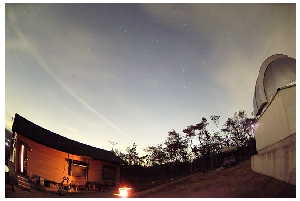
The cooled CCD camera is attached to prime focus(f2.8) or RC focus(f7.0) with removable secondary mirror,
Because in Tojo there is always significant light pollution from Kobe and Osaka city, 40RCD was best tuned for narrow band imaging.
Fully automated observatory
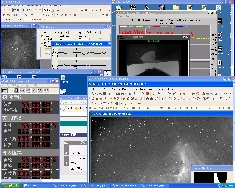 The observatory can be operated remotely from anywhere there is an internet connection. The automated and fully internet-operated DSO allow me to log on remotely and focus and capture astronomical images in real-time, without ever having to set foot in the actual observatory.
The observatory can be operated remotely from anywhere there is an internet connection. The automated and fully internet-operated DSO allow me to log on remotely and focus and capture astronomical images in real-time, without ever having to set foot in the actual observatory.
関連リンク
Cloud Sensor
The Boltwood Cloud Sensor II measures the amount of cloud cover by  comparing the temperature of the sky to the ambient ground level temperature. The sky temperature is determined by measuring the amount of radiation in the 8 to 14 micron infrared band. A large difference indicates clear skies, whereas a small difference indicates dense, low-level clouds. This allows the sensor to continuously monitor the clarity of the skies, and to trigger appropriate alerts.
comparing the temperature of the sky to the ambient ground level temperature. The sky temperature is determined by measuring the amount of radiation in the 8 to 14 micron infrared band. A large difference indicates clear skies, whereas a small difference indicates dense, low-level clouds. This allows the sensor to continuously monitor the clarity of the skies, and to trigger appropriate alerts.
 HOME
HOME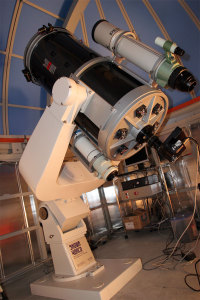
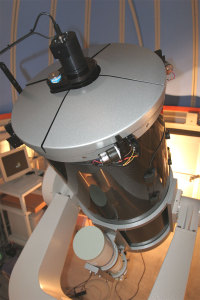
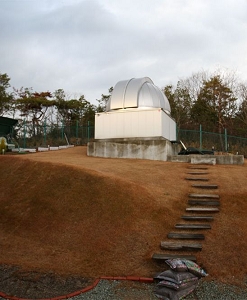
 前のページへ
前のページへ